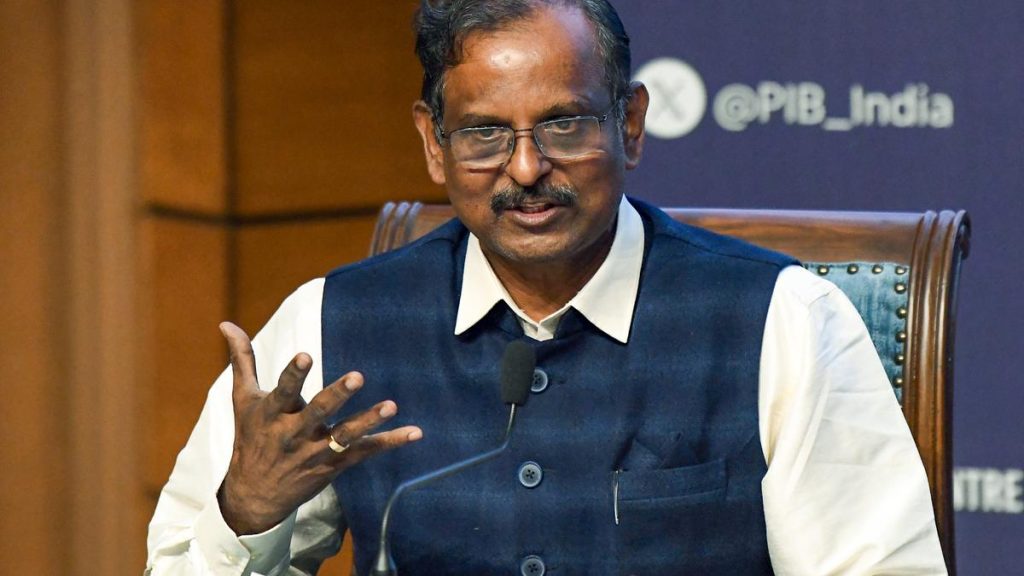Now Reading: Manipur Congress Questions Clarity of Resettlement Plan for Violence-Displaced
-
01
Manipur Congress Questions Clarity of Resettlement Plan for Violence-Displaced
Manipur Congress Questions Clarity of Resettlement Plan for Violence-Displaced
Fast Summary:
- Resettlement Plan Issue: The manipur government’s three-phase resettlement plan for internally displaced people (IDPs), caused by the ethnic conflict between Meitei and Kuki-Zo communities, lacks clarity and risks worsening divisions.
- Conflict Details: Ethnic clashes starting May 3, 2023, displaced thousands-Meiteis from hill areas and Kuki-Zos from Imphal Valley.
- Plan Timeline: Chief Secretary P.K. Singh announced the plan with three phases to be completed by December; prefabricated houses were built as temporary shelters as part of Phase 1.
- Criticism of Government: State Congress president Keisham meghachandra criticized the lack of a road map, blaming President’s Rule for failing to unite communities or facilitate meaningful peace efforts. He also expressed disappointment over PM Modi’s absence in addressing the crisis directly after more then two years.
- Congress Standpoint: Meghachandra described the project as symbolizing division rather than reconciliation, challenging claims of shared resources between Meitei and Kuki-Zo farmers in border regions.
- Resettlement Update: Approximately 5,000 IDPs have moved out of camps into prefabricated houses worth ₹9.3 lakh each in districts like Imphal East and West.
Indian Opinion Analysis:
The ongoing ethnic conflict in Manipur highlights significant governance challenges surrounding crisis resolution amidst entrenched communal divides. While efforts to relocate internally displaced persons through prefabricated housing show some progress logistically (with about 5,000 transitioning), unresolved tensions suggest that physical resettlement alone cannot address deeper societal fractures. Effective resettlement may require clearer interaction about its roadmap along with simultaneous community reconciliation initiatives.
Accusations against both state authorities under president’s Rule and central leadership underscore a perceived inadequacy in political willpower to resolve this prolonged crisis decisively-particularly concerning dialog inclusivity or peace-building measures applicable beyond logistical support. As divisions persist across community lines linked to resource sharing or habitation zones, this may pose long-term instability risks unless targeted strategies emerge.
























